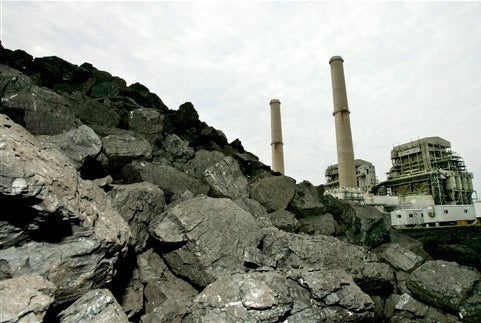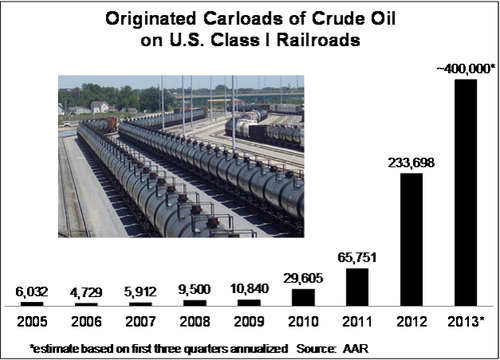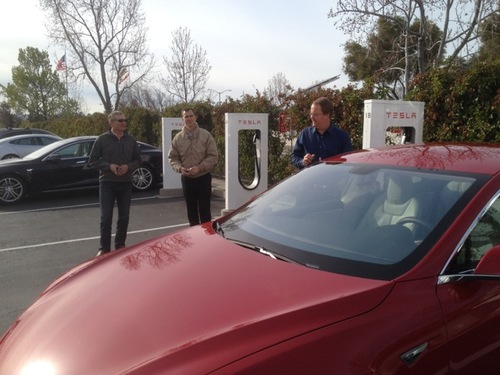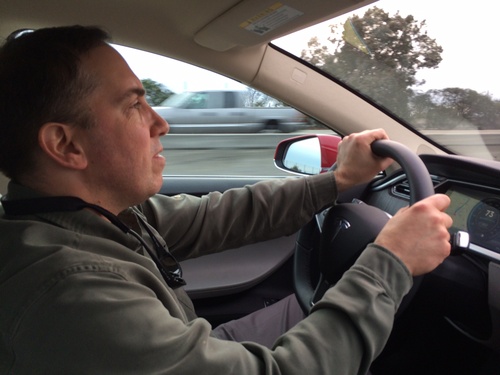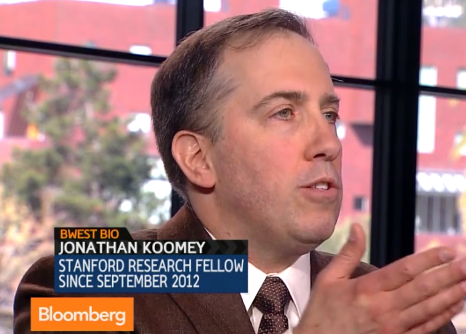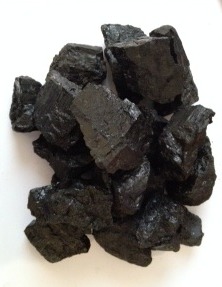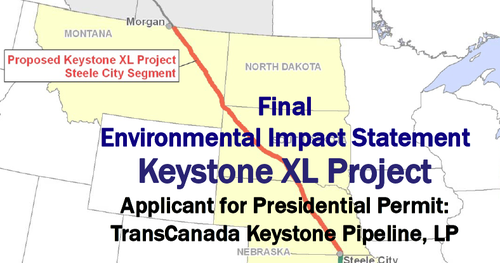The US National Climate Assessment, just released
Rick Piltz at Climate Science Watch has compiled a list of resources related to the recently released US National Climate Assessment. This landmark document summarizes the climate impacts the US has felt so far and those expected in the future if we don’t change our direction. I hope and expect that it will be influential in changing the debate on this topic. The Administration seems to be discussion the report with unexpected vigor, which is a welcome development.
Here are some key paragraphs from the overview, which describes the scope of the report:
This National Climate Assessment collects, integrates, and assesses observations and research from around the country, helping us to see what is actually happening and understand what it means for our lives, our livelihoods, and our future. The report includes analyses of impacts on seven sectors – human health, water, energy, transportation, agriculture, forests, and ecosystems – and the interactions among sectors at the national level. The report also assesses key impacts on all U.S. regions: Northeast, Southeast and Caribbean, Midwest, Great Plains, Southwest, Northwest, Alaska, Hawai'i and Pacific Islands, as well as the country’s coastal areas, oceans, and marine resources.
Over recent decades, climate science has advanced significantly. Increased scrutiny has led to increased certainty that we are now seeing impacts associated with human-induced climate change. With each passing year, the accumulating evidence further expands our understanding and extends the record of observed trends in temperature, precipitation, sea level, ice mass, and many other variables recorded by a variety of measuring systems and analyzed by independent research groups from around the world. It is notable that as these data records have grown longer and climate models have become more comprehensive, earlier predictions have largely been confirmed. The only real surprises have been that some changes, such as sea level rise and Arctic sea ice decline, have outpaced earlier projections.
What is new over the last decade is that we know with increasing certainty that climate change is happening now. While scientists continue to refine projections of the future, observations unequivocally show that climate is changing and that the warming of the past 50 years is primarily due to human-induced emissions of heat-trapping gases. These emissions come mainly from burning coal, oil, and gas, with additional contributions from forest clearing and some agricultural practices.
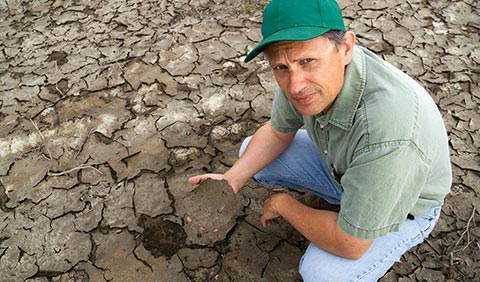
©iStockPhoto.com/shotbydave
Global climate is projected to continue to change over this century and beyond, but there is still time to act to limit the amount of change and the extent of damaging impacts.
This report documents the changes already observed and those projected for the future.
